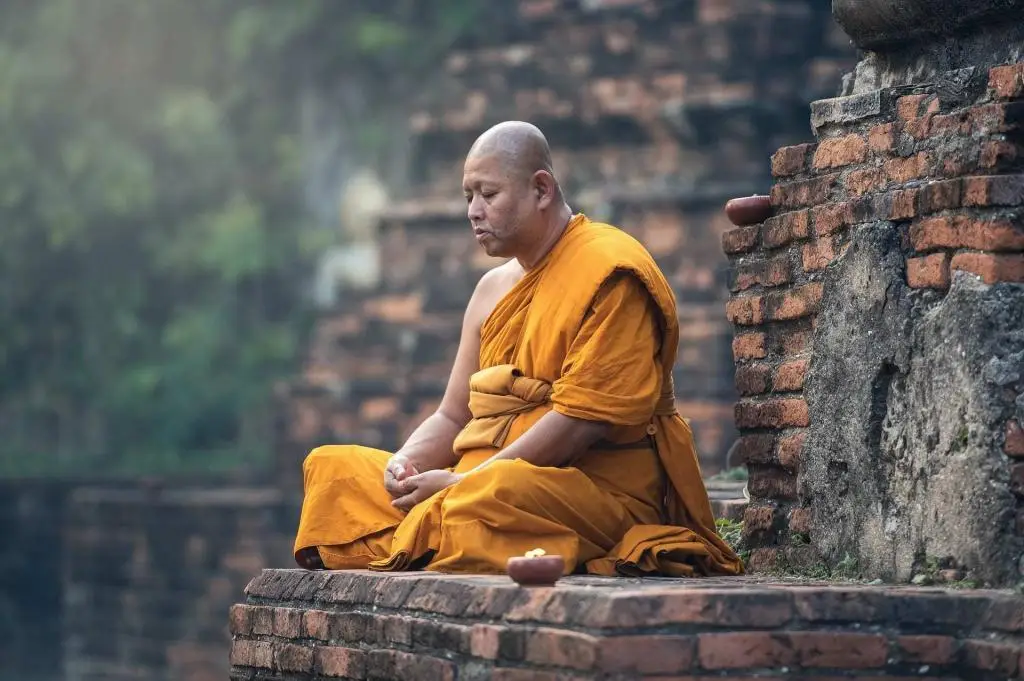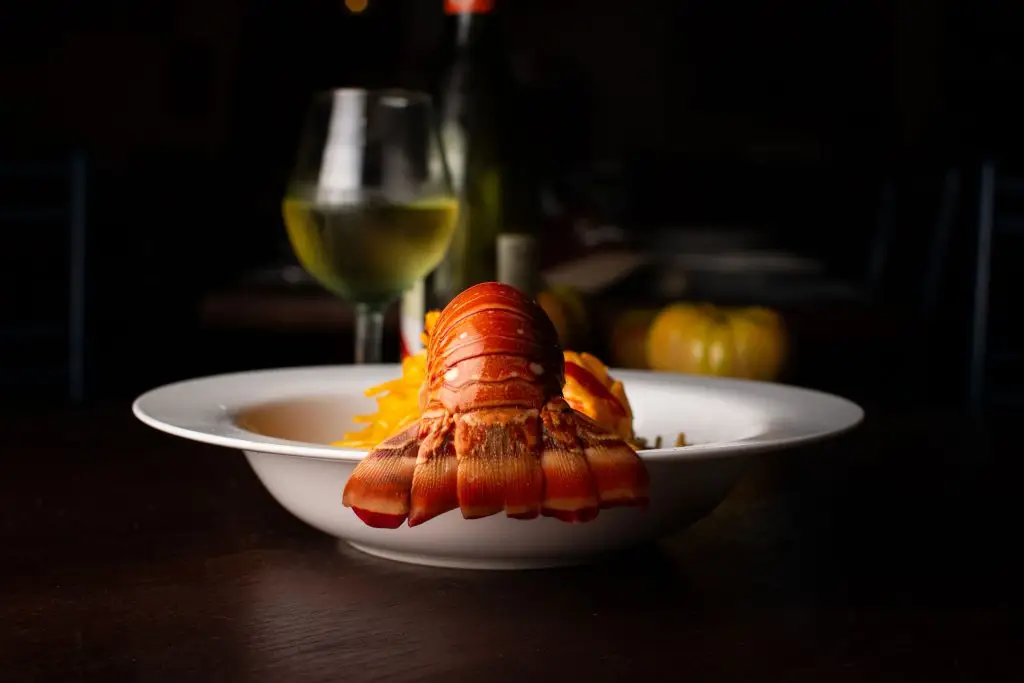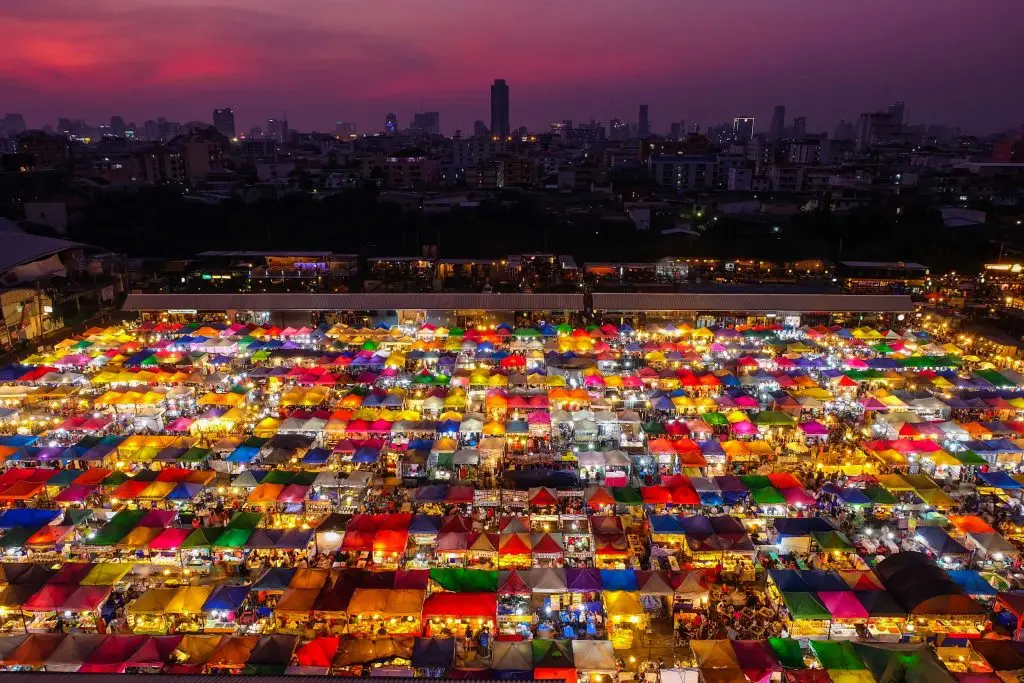Phuket is most famous for its remarkable beaches and landscape, vibrant nightlife and cuisine, but this tropical island has a lot more to discover, with a rich, historical and cultural heritage.
There are dozens of Buddhist temples in Phuket, the oldest dating back over 500 years. These temples, ‘Wats’ in Thai, have traditionally been at the centre of community life. The majority of Thai people are Buddhist and visit the Wat on special occasions, to make merit, to worship, and to pray for peace and prosperity.
You don’t have to be a Buddhist to visit, tourists are welcome. Explore on your own, or take a day tour to see some of the finest, and learn more about their history.
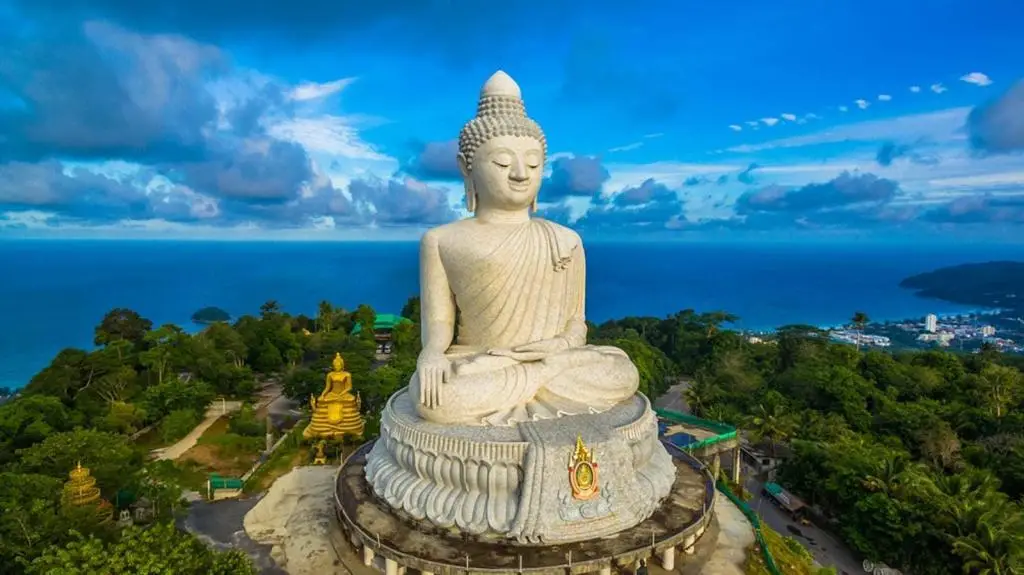
The Big Buddha
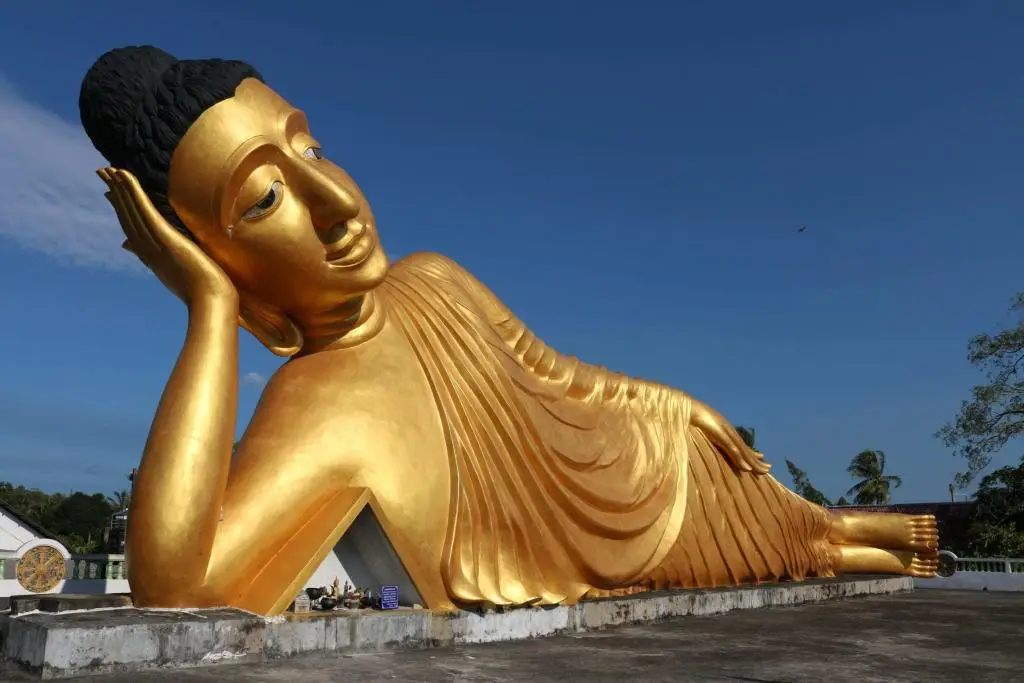
Wat Srisoonthorn
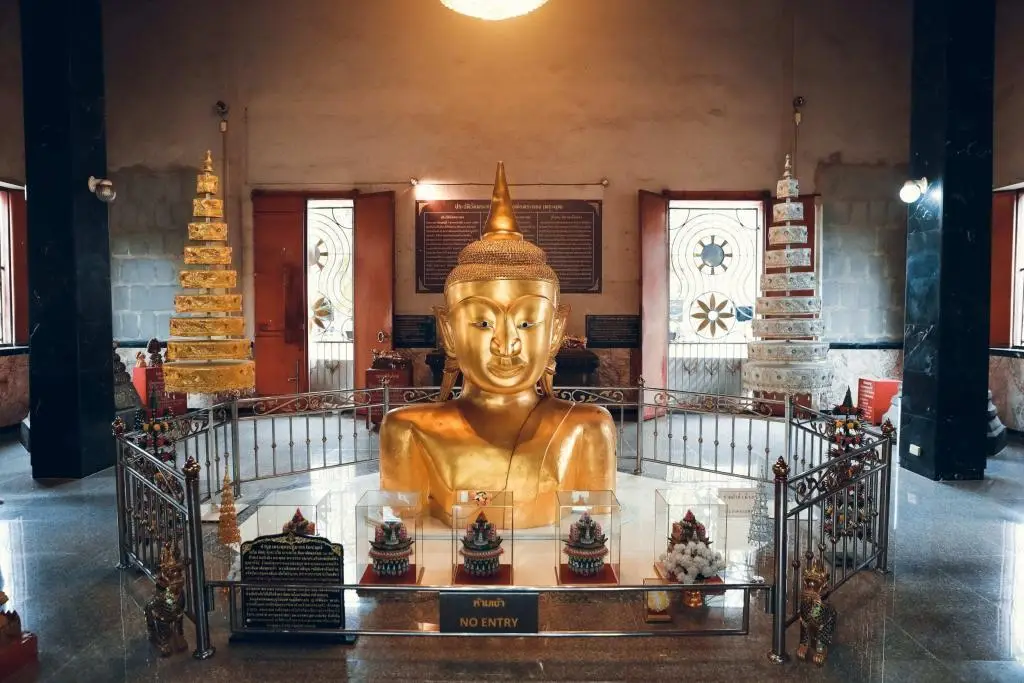
Wat Phra Thong
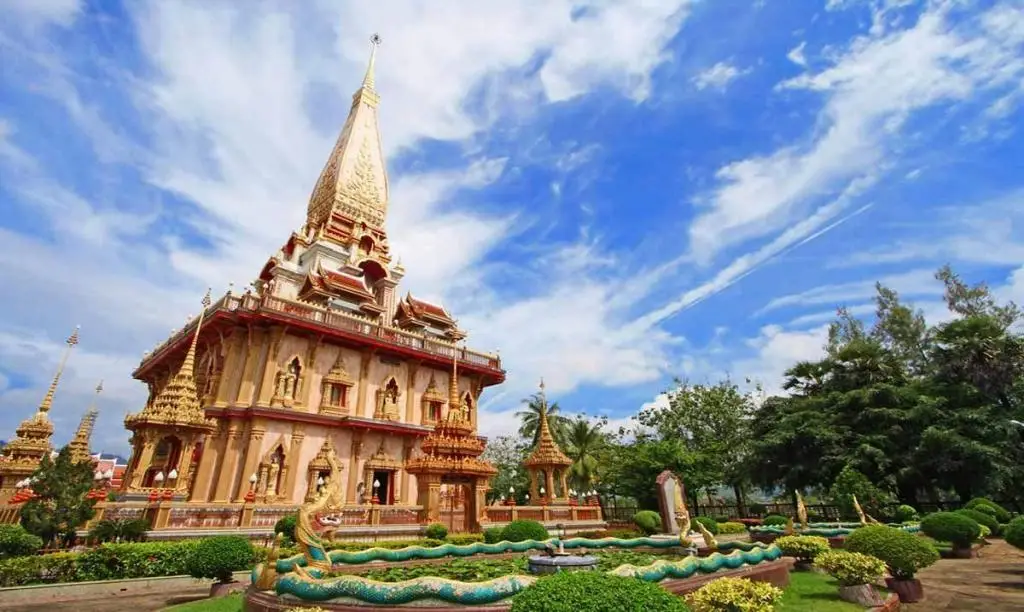
Wat Chalong
Built in the 19th century, Wat Chalong is the largest temple of all, and most visited. Thai tourists come to pray, worship, learn about Buddhism, and pay respects to the monks who established the Wat, among them Luang Pho Cham and Luang Pho Chuang.
There are lots of fascinating legends surrounding this temple, one tells of how, in 1876, Luang Phor Cham, the Abbott at the time, helped in the rebellion between Phuket locals and Chinese immigrant mine workers. If you want to know more about this and of the miracles performed there, you’ll have to visit.
Don’t miss the main attraction, the 60 meters tall ‘Chedi’, as it contains a splintered bone from Buddha. The walls are painted with murals depicting scenes from the Jataka, tales of Buddha’s previous lives. If you’re feeling energetic, climb to the top floor terrace of the Chedi, it gives the best views over the temple grounds.
It’s not always peaceful at the Wat, prepare to jump out of your skin as noisy firecrackers suddenly shatter the quiet atmosphere. Thai people love to set firecrackers off and they’ll use any excuse, an auspicious day, a win on the lottery, or a funeral. It’s believed the noise scares away evil spirits and indicates prosperity, the more firecrackers the better your life improves. Whatever the reason, they are very loud!
